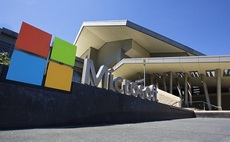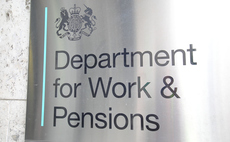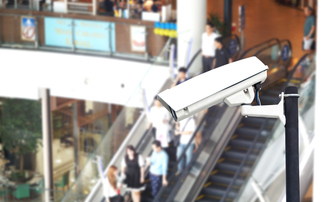CIO Steve Townsend explains how SAP HANA has improved TfL's day-to-day planning
Transport for London (TfL) is using SAP HANA to process large volumes of data - including data from the Internet of Things (IoT) - in order to improve the organisation's day-to-day planning. In ...
To continue reading this article...
Join Computing
- Unlimited access to real-time news, analysis and opinion from the technology industry
- Receive important and breaking news in our daily newsletter
- Be the first to hear about our events and awards programmes
- Join live member only interviews with IT leaders at the ‘IT Lounge’; your chance to ask your burning tech questions and have them answered
- Access to the Computing Delta hub providing market intelligence and research
- Receive our members-only newsletter with exclusive opinion pieces from senior IT Leaders




















